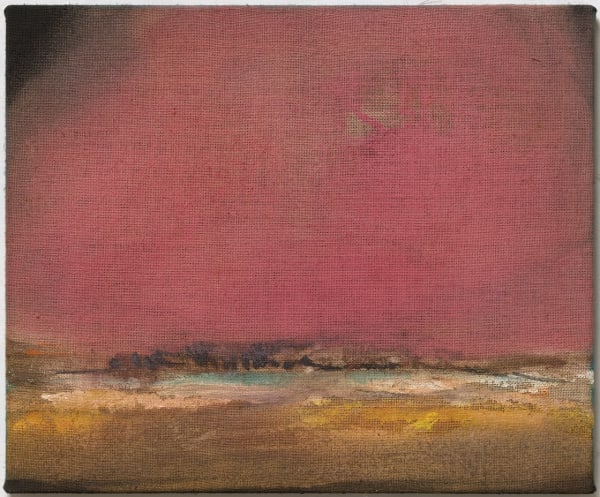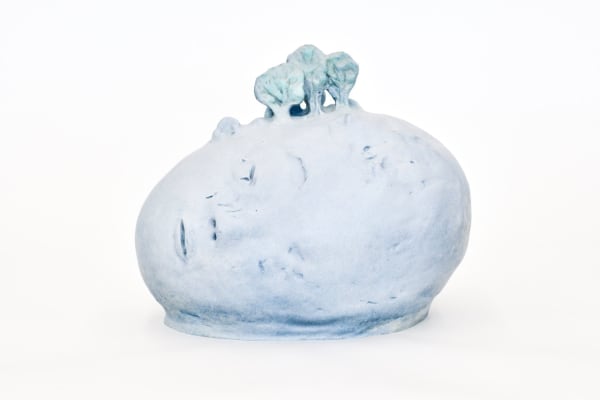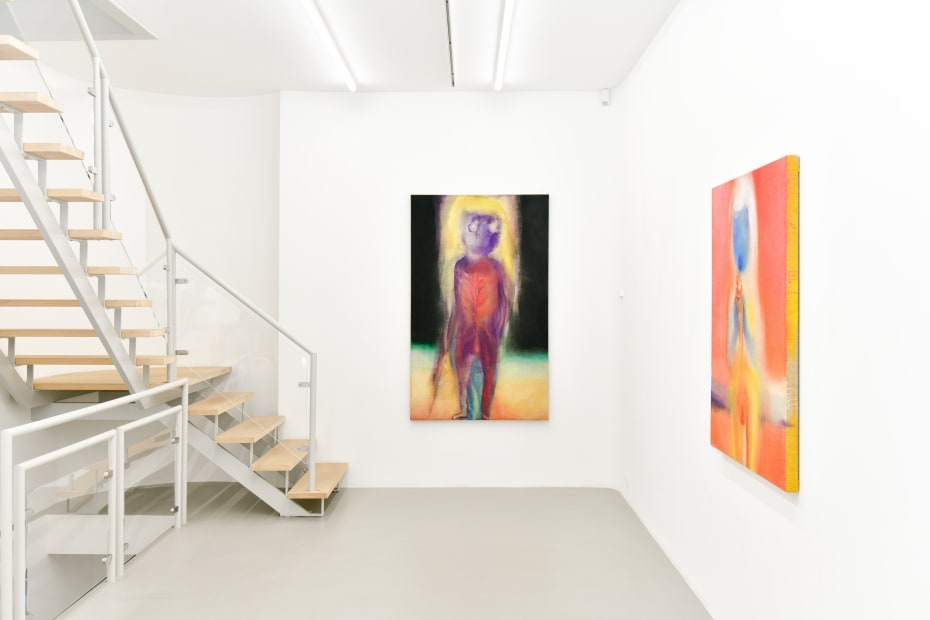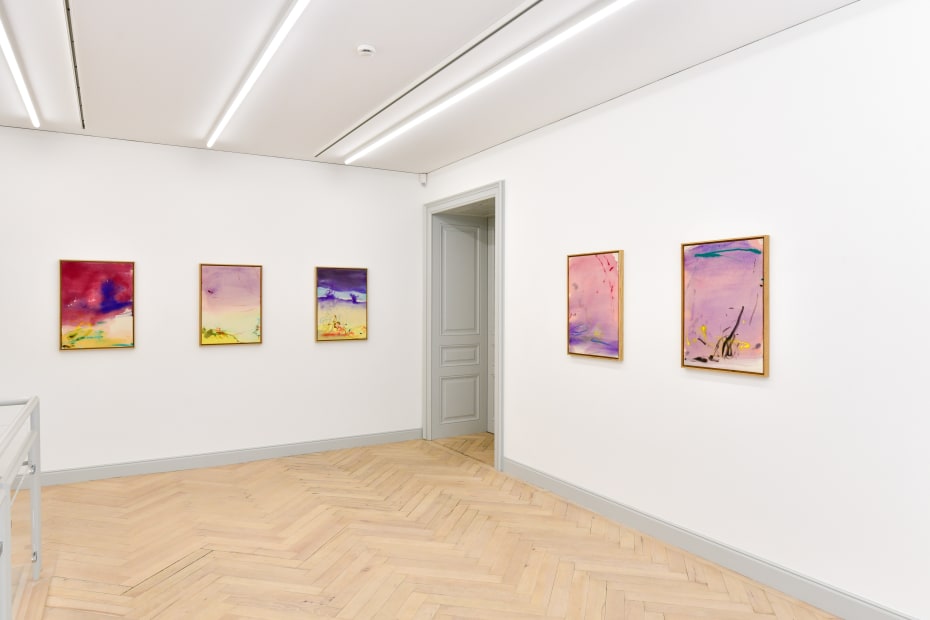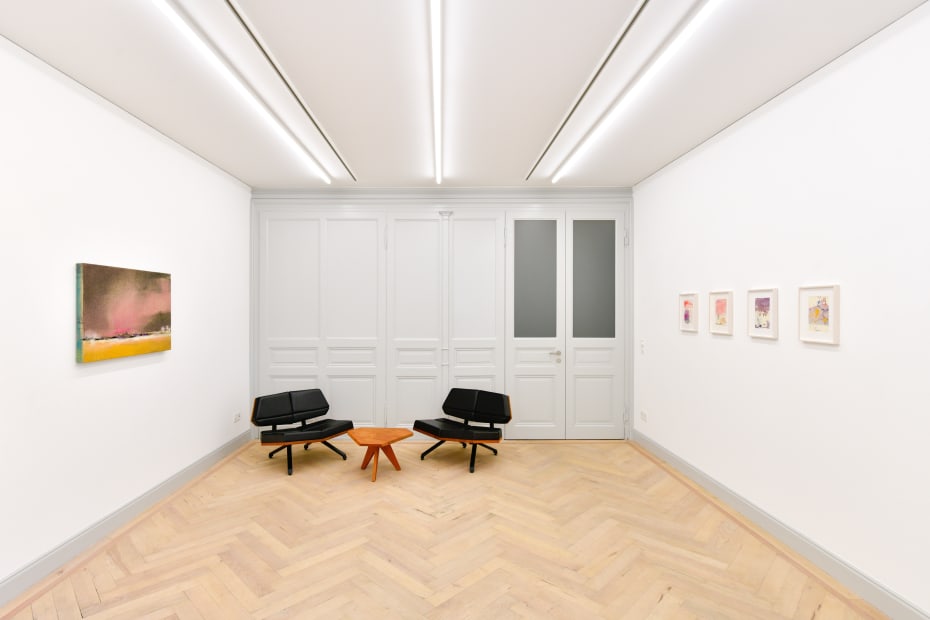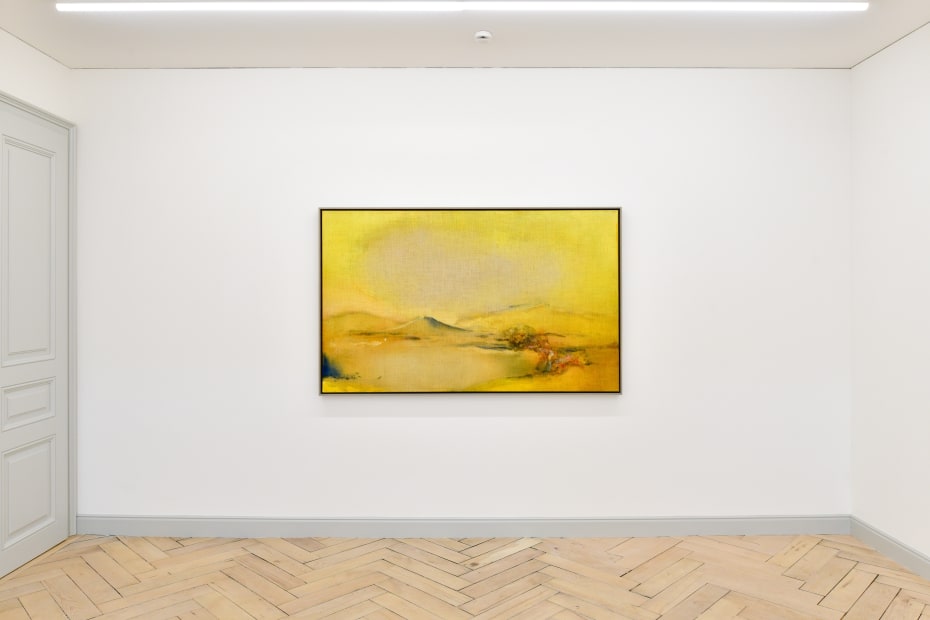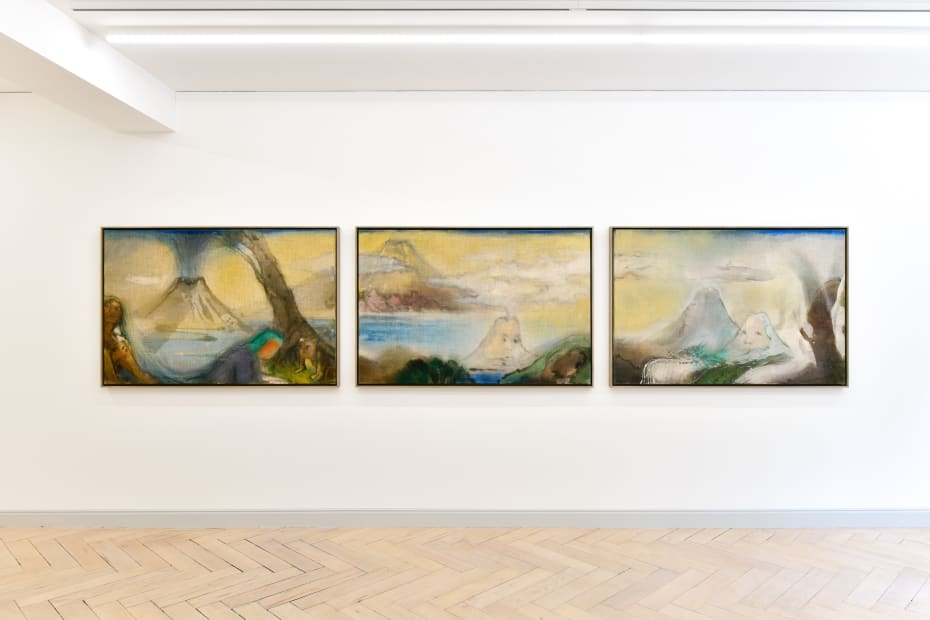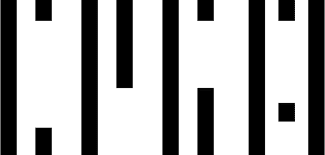Leiko Ikemura: Colours in MotionGalerie Peter Kilchmann, Rämistrasse, Zurich
Galerie Peter Kilchmann is pleased to present the first solo exhibition of Leiko Ikemura with the gallery in our dependence in the Rämistrasse. Leiko Ikemura was born in Tsu, Mie Prefecture, Japan and emigrated to Europe in 1973. A Japanese-Swiss dual citizen, Ikemura has been living and working between Berlin and Cologne since 1990.
In the left wing of the upper level abstraction gives way to a universe of surreal landscapes that invites the viewers to dream. The transparent application of paint and the heavy luminosity in works such as Yellow Scape (2019, 110 x 180 cm) provide a bridge to other works in the exhibition. Already familiar motifs, such as the figure of a cowering girl in Zarathustra (small) (2014, 50 x 70 cm), are now found nestled among trees, valleys and mountains. These landscapes address issues of humankind’s longing for harmony with nature and are described by the artist herself as landscapes of the soul. The monumental triptych Fuji Scape (2015, each 100 x 150) is reminiscent of the landscape paintings of old Japanese masters. Dream-like sequences, such as the facial features on a volcanic mountain, play with elements of a holistic understanding of nature that assumes the spiritual animation of mountains, rocks and plants.
June 19 - July 31, 2021
-
 Leiko IkemuraGirl out of Dark, 2019Tempera on jute180 x 110 cm (70.9 x 43.3 in.)
Leiko IkemuraGirl out of Dark, 2019Tempera on jute180 x 110 cm (70.9 x 43.3 in.) -
 Leiko IkemuraChica & Pink, 2019Tempera on jute120 x 100 cm (47.2 x 39.4 in.)
Leiko IkemuraChica & Pink, 2019Tempera on jute120 x 100 cm (47.2 x 39.4 in.) -
 Leiko IkemuraGirl with Blue Face, 2019Tempera on jute130 x 90.5 cm (51.2 x 35.6 in.)
Leiko IkemuraGirl with Blue Face, 2019Tempera on jute130 x 90.5 cm (51.2 x 35.6 in.) -
 Leiko IkemuraFuji-Scape, 2015Triptych, tempera on juteEach: 104.5 x 465 cm (41.1 x 183.1 in.), framed
Leiko IkemuraFuji-Scape, 2015Triptych, tempera on juteEach: 104.5 x 465 cm (41.1 x 183.1 in.), framed
Dimension together: 104.5 x 465 cm -
 Leiko IkemuraYellow Scape, 2019Tempera on jute110 x 180 cm (43.3 x 70.9 in.)
Leiko IkemuraYellow Scape, 2019Tempera on jute110 x 180 cm (43.3 x 70.9 in.)
114 x 184.5 cm (44.9 x 72.6 in.), framed -
 Leiko IkemuraZarathustra (small), 2014Pastel on canvas50 x 70 cm (19.7 x 27.6 in.)
Leiko IkemuraZarathustra (small), 2014Pastel on canvas50 x 70 cm (19.7 x 27.6 in.)
54 x 74 cm (21.3 x 29.1 in.), framed -
 Leiko IkemuraPink Sky, 2019Tempera on jute50 x 61 cm (19.7 x 24.0 in.)
Leiko IkemuraPink Sky, 2019Tempera on jute50 x 61 cm (19.7 x 24.0 in.) -
 Leiko IkemuraABC Akt, 2020Tempera on nettle70 x 50 cm (27.6 x 19.7 in.)
Leiko IkemuraABC Akt, 2020Tempera on nettle70 x 50 cm (27.6 x 19.7 in.)
73.5 x 54 cm (28.9 x 21.3 in.), framed -
 Leiko IkemuraABC Akt, 2020Tempera on nettle70 x 50 cm (27.6 x 19.7 in.)
Leiko IkemuraABC Akt, 2020Tempera on nettle70 x 50 cm (27.6 x 19.7 in.)
73.5 x 54 cm (28.9 x 21.3 in.), framed -
 Leiko IkemuraTrees out of Head, 2015/2020Bronze, patinatedsculpture 27 x 32 x 20 cm (10.6 x 12.6 x 7.9 in.)1/2 AP (Ed. of 5 + 2 AP)
Leiko IkemuraTrees out of Head, 2015/2020Bronze, patinatedsculpture 27 x 32 x 20 cm (10.6 x 12.6 x 7.9 in.)1/2 AP (Ed. of 5 + 2 AP) -
 Leiko IkemuraKitsune, 2020Glass, casted20 x 32 x 13 cm (7.9 x 12.6 x 5.1 in.)Ed. 1/5 (+ 2 AP)
Leiko IkemuraKitsune, 2020Glass, casted20 x 32 x 13 cm (7.9 x 12.6 x 5.1 in.)Ed. 1/5 (+ 2 AP) -
 Leiko IkemuraTrees on Head in yellow Glass, 2020Glass, casted14 x 18 x 11 cm (5.5 x 7.1 x 4.3 in.)Variation 1/5 (+ 2 AP)
Leiko IkemuraTrees on Head in yellow Glass, 2020Glass, casted14 x 18 x 11 cm (5.5 x 7.1 x 4.3 in.)Variation 1/5 (+ 2 AP)







